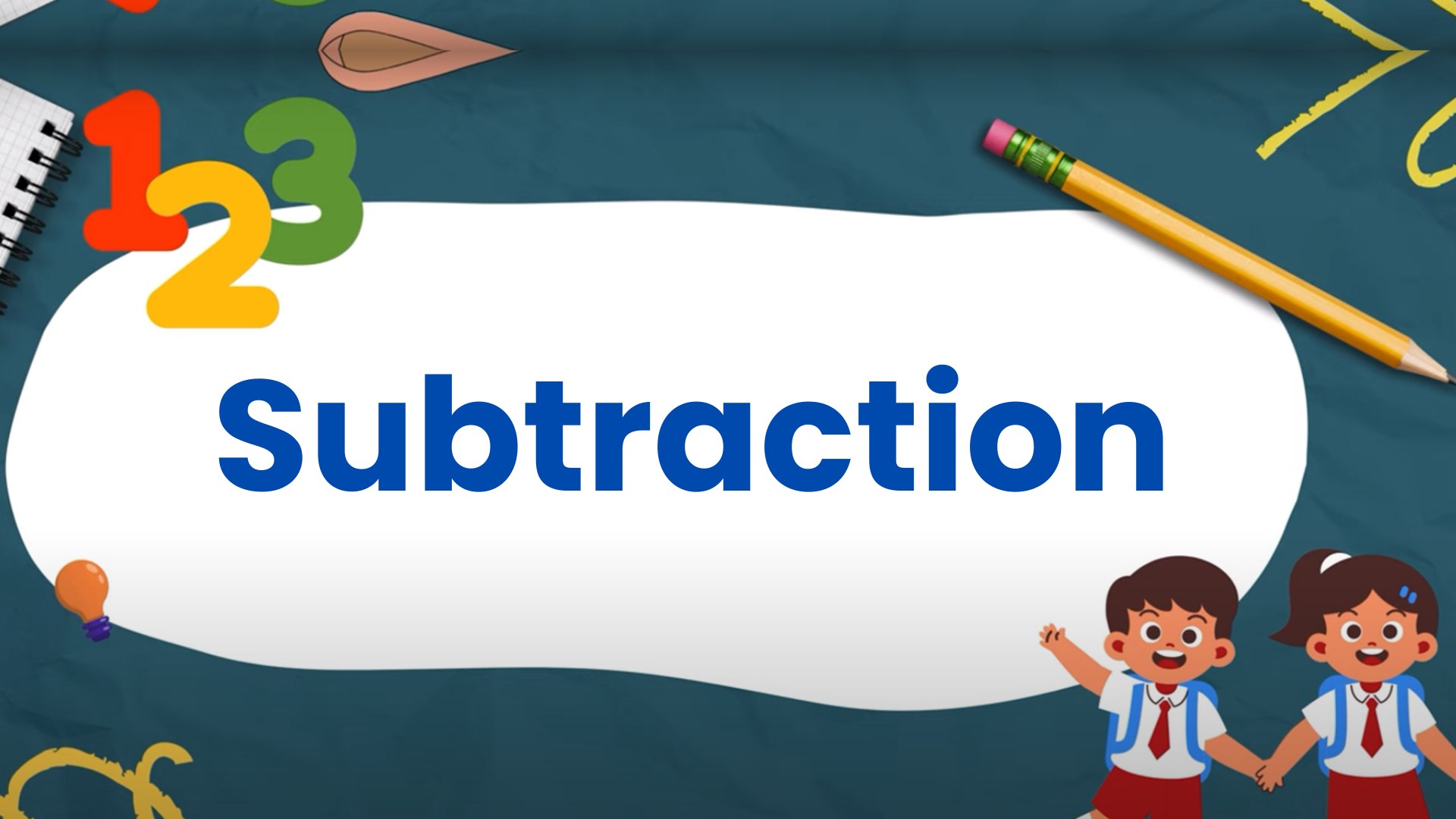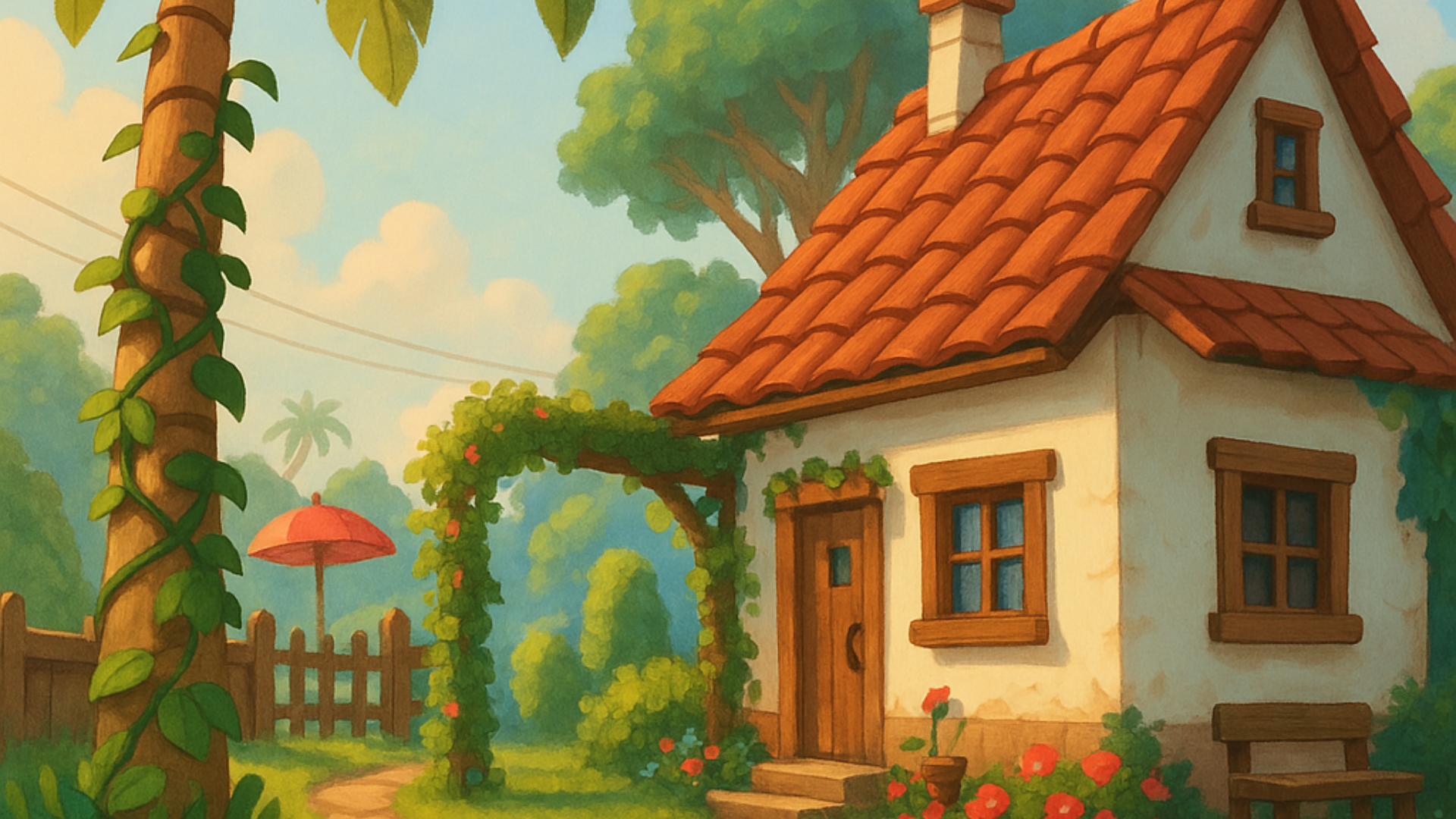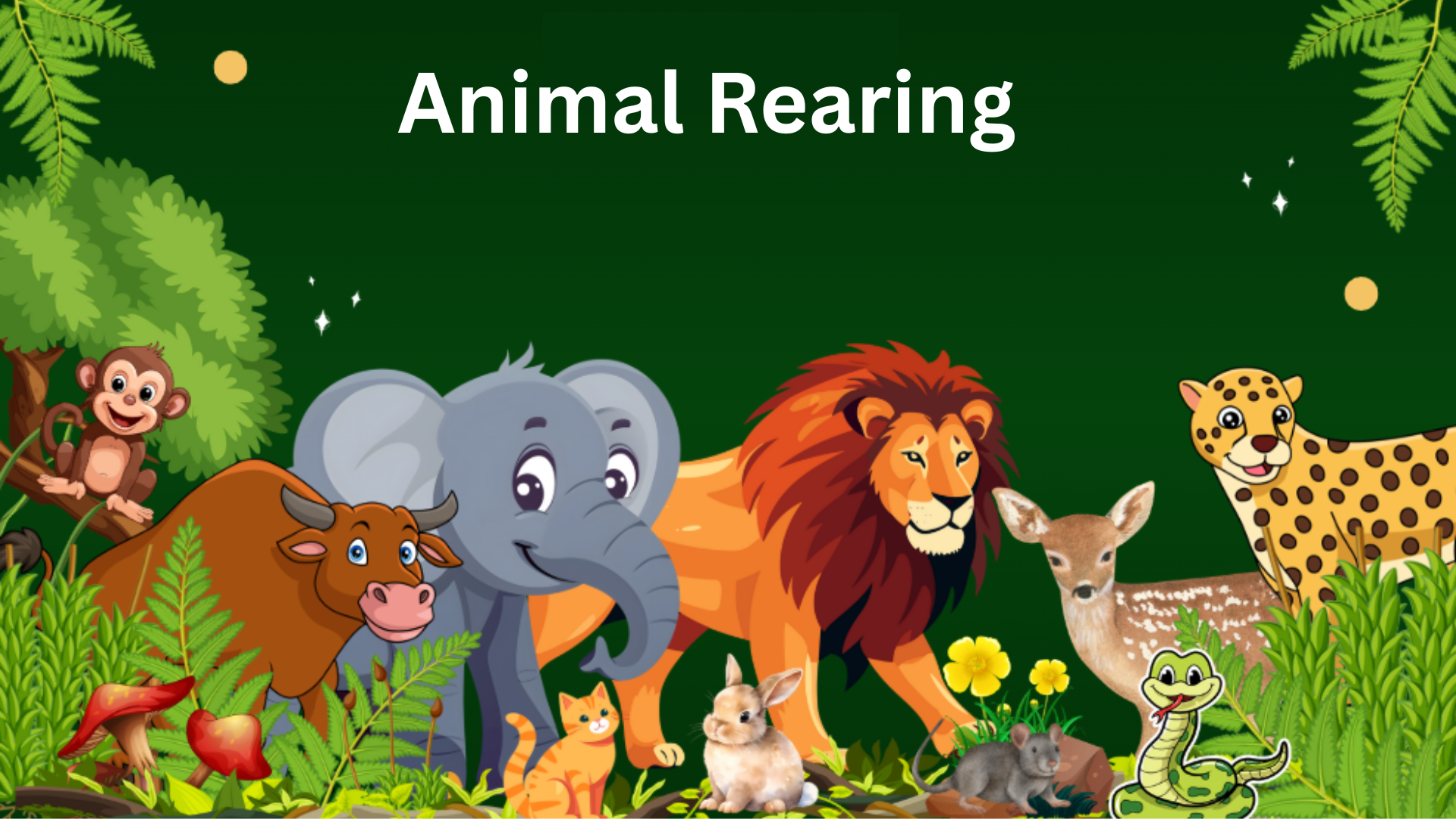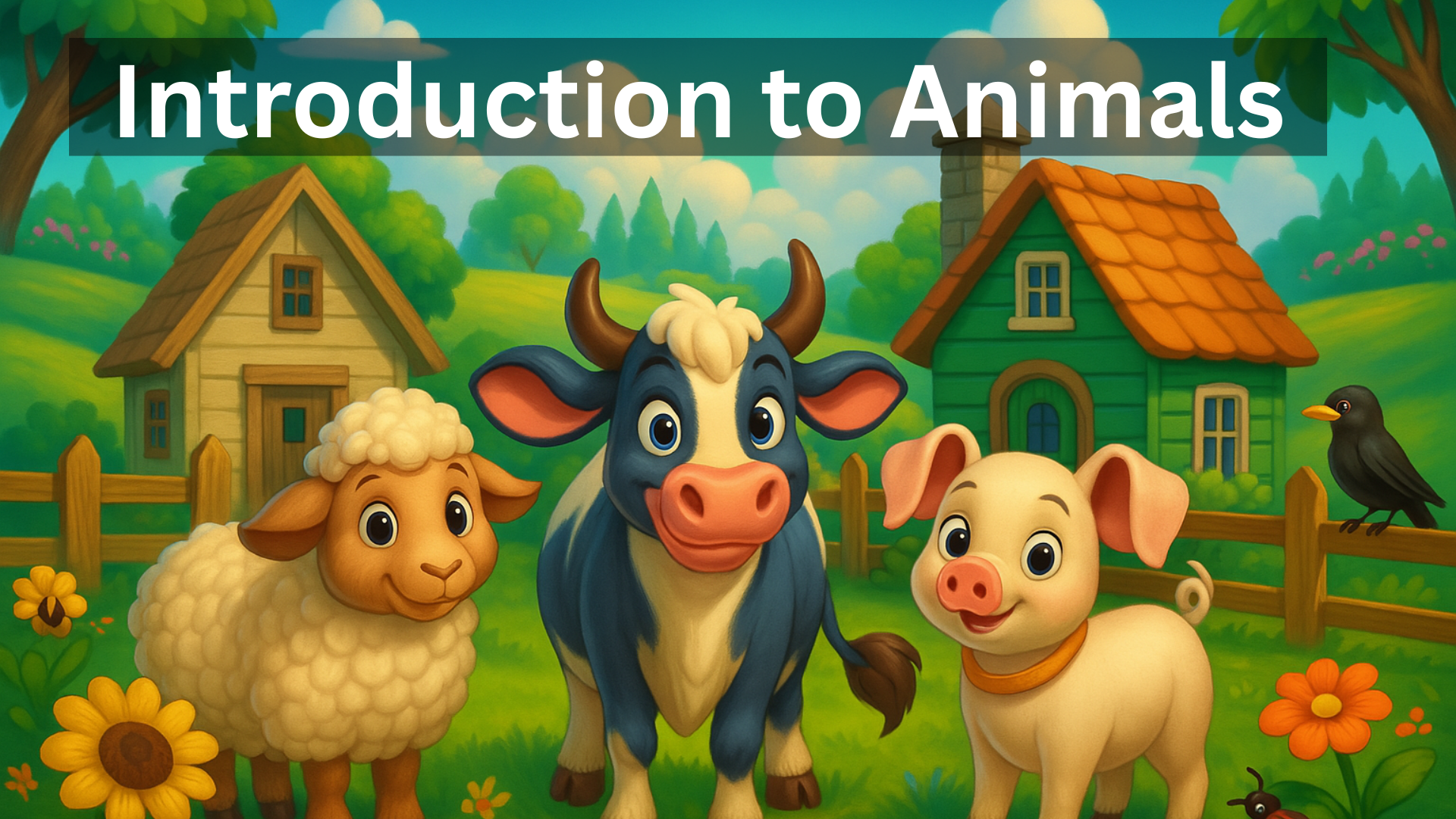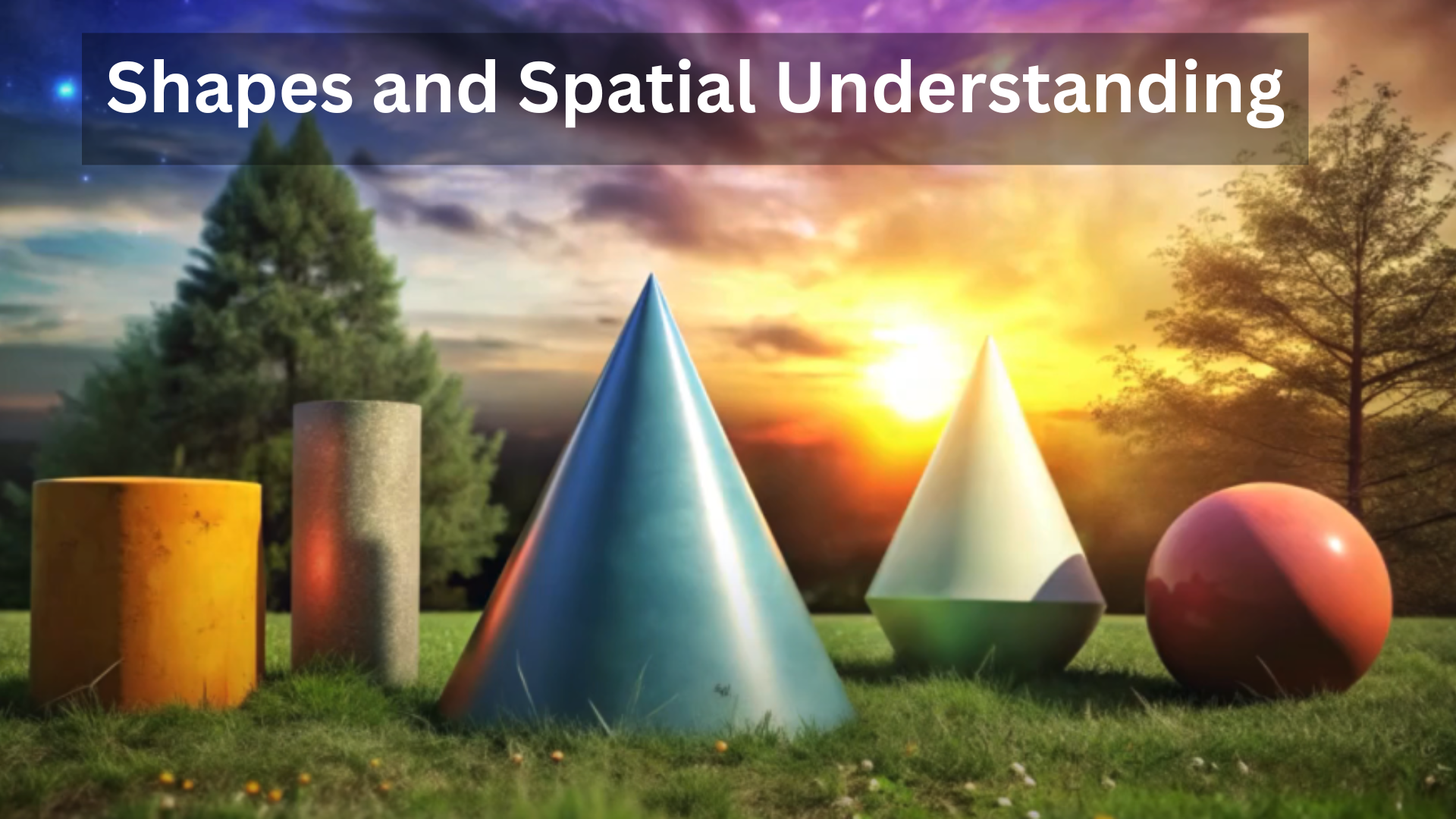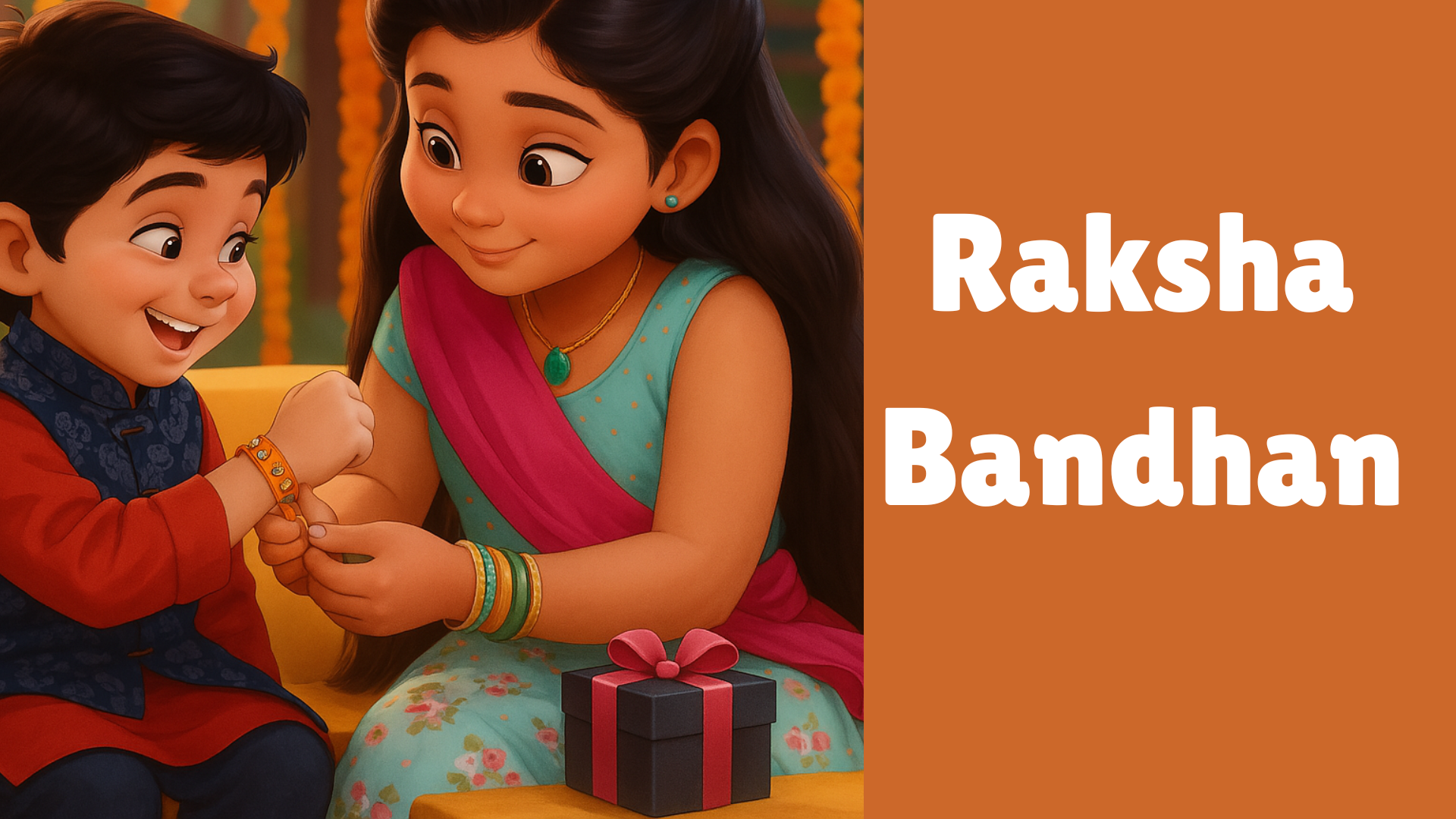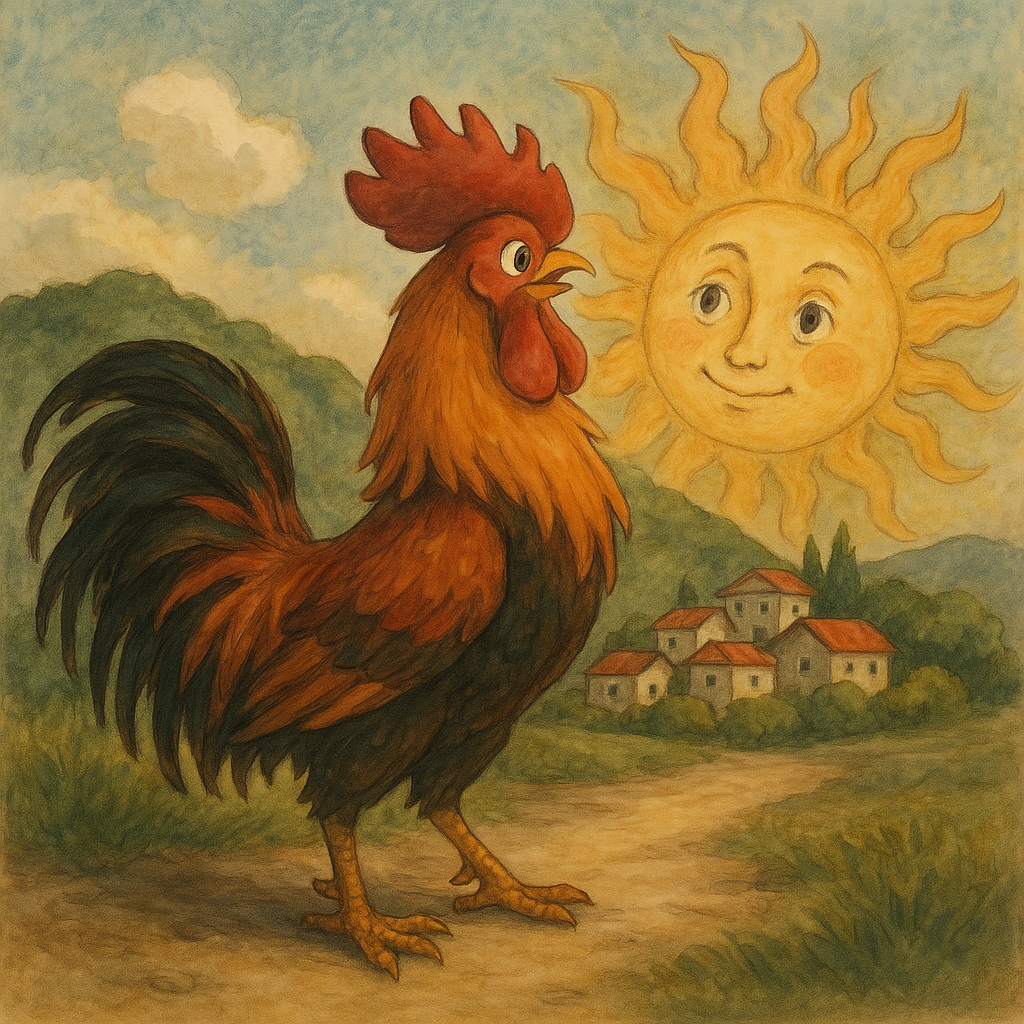We Are For You
Hello little explorers! Let’s talk about something really special today — our wonderful plant friends! Have you ever stopped to look at a tree and wondered, “What do you do for us?”Well, let me tell you — plants do so much for us every single day! Come, let’s take a little walk through this leafy lesson together. The Coconut Tree – A Superhero in Disguise! Let’s begin with a very useful plant — the coconut tree.Have you seen one? It’s tall, strong, and full of surprises! Isn’t that amazing? So many things from just one tree! Plants in the Kitchen! Now think about your lunch or dinner. What’s on your plate?Rice, vegetables, fruits, dal… guess where they all come from? Yes — plants! From plants, we get: Even the leaves of some plants are used to serve food — like banana leaves during festivals. Have you eaten on one? Plants Make the World Beautiful Too Ever smelled a fresh jasmine flower? Or seen a bright red rose?Plants don’t just feed us — they make our world look and smell beautiful! Flowers like: Plants Can Heal Us Too When you have a cough or fever, do your elders give you Tulsi leaves or a little neem juice? Yes! Some plants are natural medicines.Here are a few medicinal plants you might find at home: These little green healers help us feel better without any bitter pills! Plants Help Animals Too Let’s not forget our animal friends!Cows, goats, elephants — they all munch on leaves and grass.Many birds live in trees, and monkeys swing from branch to branch! Let’s Remember Plants give us: FAQs Q: Why are plants important to us? A: Plants give us food, medicine, shelter, and many other useful things like wood, flowers, and even ropes. They help us stay healthy and happy! Q: Can animals live without plants? A: No! Animals need plants for food and shelter — just like us. Q: What are some plants we can grow at home? A: You can grow Tulsi, aloe vera, curry leaves, mint, or even small flowering plants like jasmine! Q: Why do we use banana leaves for meals sometimes? A: Banana leaves are big, clean, and eco-friendly. They add a lovely smell to the food too! Q: What should we do to take care of plants? A: Water them regularly, give them sunlight, and never pluck leaves or flowers for fun. Be gentle and kind! Take assessment: 1. Oral Questions (For classroom discussion or warm-up) 2. Fill in the Blanks 3. Match the Following A B Coconut Mat and rope Tulsi Medicine for cough Jasmine Decoration Neem Medicinal plant Banana leaf Used to serve food 4. Choose the Correct Answer (Multiple Choice Questions – MCQs) 5. Short Answer Questions 7. Think and Answer / Higher-Order Thinking 8. Sorting or Classification Activities Ask children to: 9. Drawing and Labelling 10. Role Play or Dramatization


